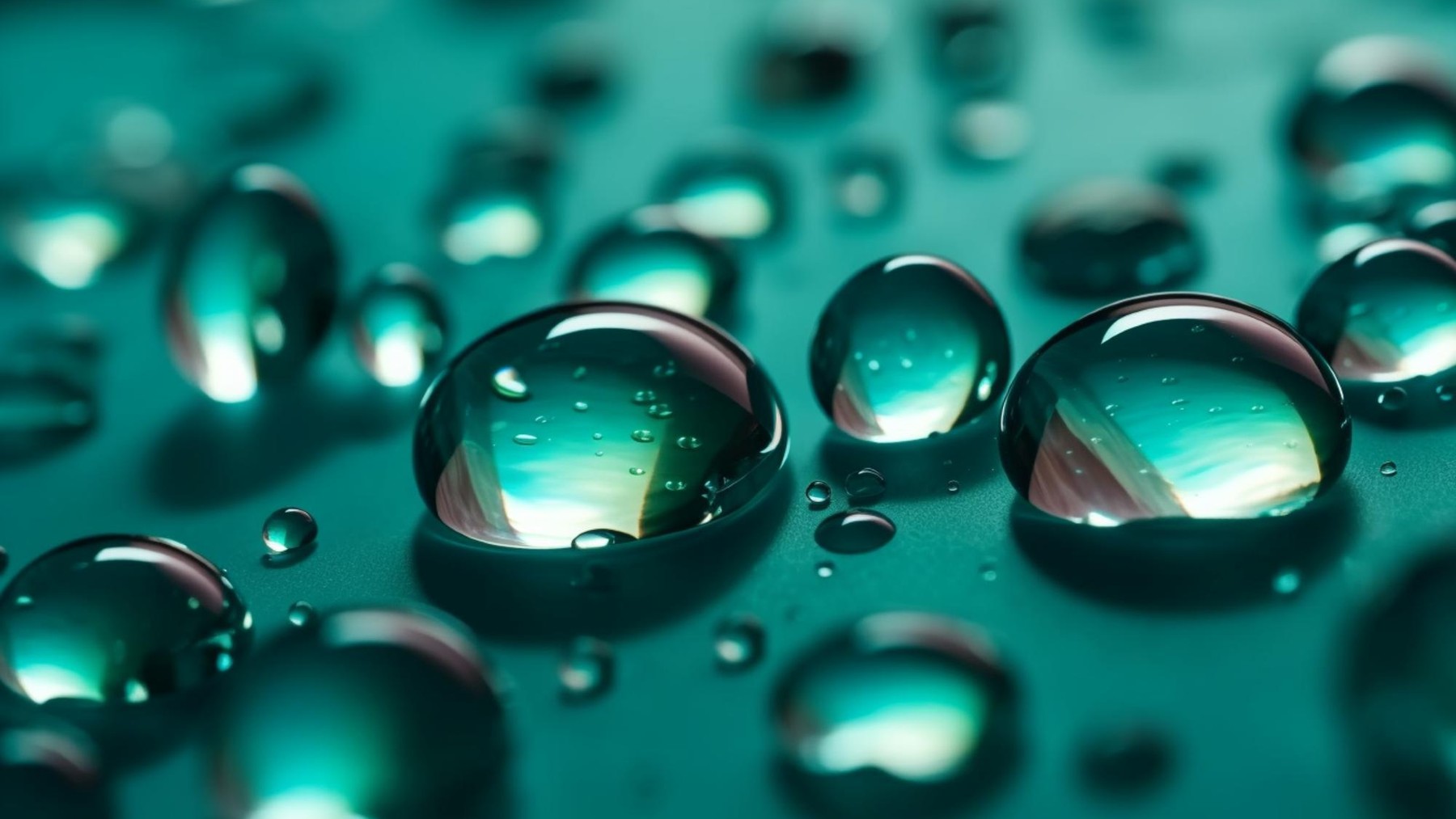The world is constantly looking for one flammable clean and efficient. In this context, the hydrogen has occupied a privileged place, which is reflected in large-scale projects such as the large reserves of hydrogen white or green fuel CEPSA. Although there are many types, most associate this concept with the green typology.
In this specialized article we will tell you about turquoise, which is produced thanks to the metal and also has incredible potential.
How to collect High Council for Scientific Research (CSIC), the element with atomic number 1 “is not a source of energy, but an energy vector, that is, it is a medium through which energy produced by primary energy sources can be stored and released when and where it is needed.”


Turquoise is generated by methane pyrolysis. A process that produces solid carbon. Capturing the resulting carbon is not necessary.
Hydrogen is booming: this turquoise fuel continues to surprise
H can be obtained from any form of primary energy and if it is renewable, the resulting chemical element will also be renewable. It is achieved with electricity and water.
“Green is mainly produced by electrolysis: electrical energy is used to dissociate or separate the water molecule into oxygen and hydrogen,” reports Maria Retuertoof the Institute for Catalysis and Petroleochemistry of the CSIC.
And he adds: “And the electrical energy remains accumulated as chemical energy in the molecule of hydrogenthat can be stored and used in a controlled manner.”
The key to its durability lies in the materials from which it is produced. If its creation comes from fossil fuels (oil, coal, natural gas), it will cause pollutant emissions.
On the other hand, if the production comes from renewable sources (solar, wind, hydropower), the result will be green, that is to say clean. The problem is that most H comes from fossil fuels because this is the most efficient and economical way to obtain it so far.
Types of hydrogen
The color of this chemical element determines the way it is produced and is an important indicator of the number of emissions it generates during its process. These are the types:
- Vegetable. The renewable. It is created from water, using electricity from renewable energy sources. The production process does not emit gases and is therefore seen as an effective solution to decarbonize various sectors (such as the automotive industry).
- Yellow. It is the H in which the electricity used for electrolysis comes from mixed sources, from renewable energy sources to fossil fuels. The green element that comes from solar energy also falls into this category.
- Pink. They are obtained by electrolysis of water, powered by nuclear energy. It is quite durable.
- Blue. It generates CO2 emissions that are captured and then stored or reused (for example for the production of ecofuels). It is an element with low emissions.
- White. It occurs naturally, usually in gaseous form (h2). Sometimes underground deposits can be found.
- Turquoise. It is obtained by pyrolysis of molten metal, powered by natural gas. Natural gas flows through molten metal. Edition hydrogen and fixed carbon, avoiding polluting CO2 emissions.
- Black, brown or gray. Its production is made from raw materials rich in hydrocarbons, such as methane gas, coal or other fossil fuels. In concrete terms, gray is produced from natural gas using steam reforming technology. Nowadays there is a tendency to use it less and less.
It is the characteristics of turquoise that make it considered one flammable which at some point could replace the one we usually use. In the meantime, the industry continues to focus on this highly efficient chemical element. Proof of this is the legendary Hyundai Pony Coupé: retro style from 1974.

